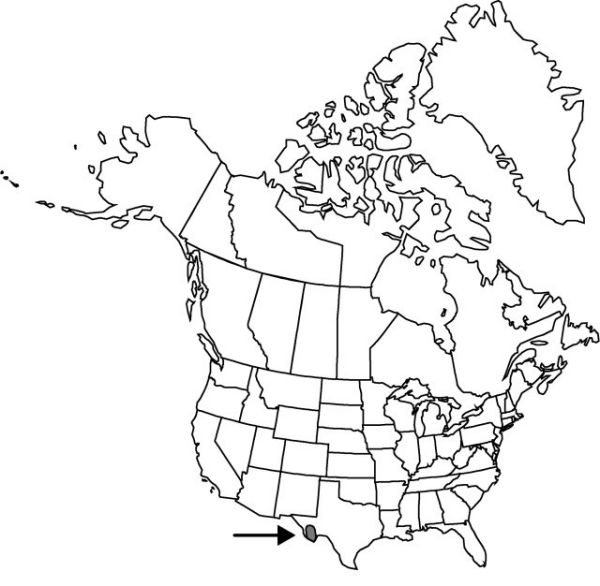Hexalectris grandiflora
J. Arnold Arbor. 25: 81. 1944.
Stems pink, pink-red, or red-purple, 10–60 cm; sheathing bracts 3–5. Inflorescences: floral bracts ovate to lanceolate, 5–12 × 3–5 mm. Flowers 5–20, pedicellate, chasmogamous; sepals and petals slightly recurved, pink, magenta to crimson; dorsal sepals linear-oblong to oblongelliptic, 14–27 × 4–7 mm, apex obtuse to acute; lateral sepals oblongelliptic, slightly falcate, 12–23 × 4–7 mm, apex obtuse to subacute; petals oblanceolate to elliptic, falcate, 13–23 × 5–7 mm; lip ovate to obovate, clawed, deeply 3-lobed, 10–16 × 5–12 mm, fissure between lobes more than 3 mm deep, middle lobe cuneate, suborbiculate, to flabellate, rounded, apex obtuse to apiculate, lateral lobes ovate to semiorbiculate,2/3 length of middle lobe, apex obtuse to subtruncate; lamellae 5, white; column pink with white apex, 12–14 mm; anther white to pale-yellow. Capsules 25 × 15 mm.
Phenology: Flowering Jun–Aug.
Habitat: Moist canyons in pine-oak-juniper woodlands in leaf litter and humus
Elevation: 700–2500 m
Discussion
Hexalectris grandiflora grows in the Davis and Chisos mountains in Texas.
Selected References
None.
Lower Taxa
"/3lengthofmiddlelobe" is not declared as a valid unit of measurement for this property.
